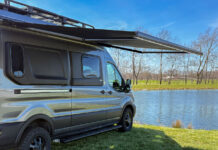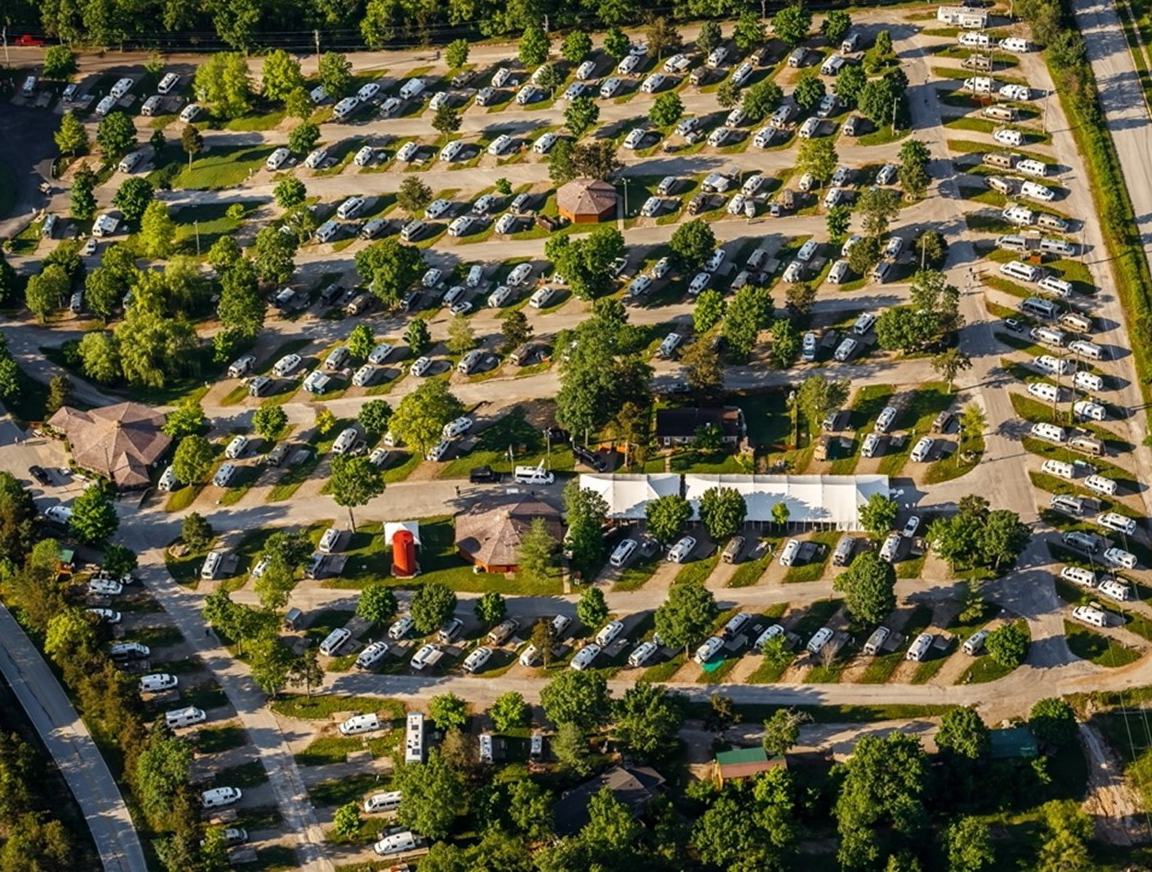We enjoy your magazine – especially the “RV Tips.” My wife and I recently stayed at a provincial park over a long weekend that provided 30-amp electrical service. I don’t know if it was due the park being so busy or they just have older, inadequate electrical service, but we experienced some significant voltage drop during our stay.
For instance, the air-conditioning started lugging and one of our 120-volt table lamps browned out. We immediately stopped using our air conditioner and did not use our microwave after that. I resorted to my volt meter (at the electrical service pedestal) and the voltage rarely exceeded 107 volts during our stay. It even went as low as 99 volts on occasion. When I got home, I did some research and discovered this is a common problem at campgrounds and can result in some serious damage to electrical components in RVs.
One article suggested fixing the problem by using a voltage regulator, which apparently, can raise incoming voltage by 10 percent if the incoming voltage is between 95 and 110. After reviewing the specs on some of the popular models, they advised that the unit will go into “bypass mode” if the voltage drops below 95 or climbs above 110, which doesn’t really give me the protection that I feel I need.
In addition to the voltage regulator, another article suggested I would need to add a surge protector as well to get full protection. Apparently, surge protectors will shut the power down if the voltage is too low or too high, thus protecting our RV electrical components. The article also explained that “if you can’t justify the cost of both units (that could total $800 – $900), get the surge protector at the very least”. Do you agree? Assuming that you do, I have another question:
We have a 2010 Cougar 326 MKS that comes with 50-amp service. We never really use 50-amp service, but we do have a Conntek 14381 RV Pigtail Adaptor (30- amp male plug to 50-amp twist connector) that allows us to hook up to 30-amp service and use lighter 10-gauge extension cords. Is there any reason that I can’t purchase a 30-amp surge protector, such as the Surge Guard model 34730 and insert it just after the pigtail and at the start of the 10-gauge extension cord (this way, I don’t have to plug the surge protector in at the electrical pedestal)?
It seems logical that I would still be protected and less susceptible to theft if it was located at the back of my 5th wheel instead of at the pedestal. Or, will I have to purchase a portable 50-amp surge protector and always use the heavy duty 50 amp/six-gauge power cord that came with the trailer? It seems kind of pointless since in most of our camping situations we would have to put a 50-to 30-amp adapter at the end of the cord anyway. What is your opinion?
Randy Sockovie
Welland, ON
Randy,
Low voltage has always been a problem in older campgrounds that have not updated the size of their wiring. Just because it has a 30-amp breaker does not mean that you can draw 30 amps away from it. The campground breaker simply protects the campground wiring from having more than 30 amps drawn from each site. As more current draws through the smaller wires, the voltage drops. When motors receive low incoming voltage they run slower. This draws more current from the power supply, causing the motor to overheat. Many motors have an internal thermal breaker in the air conditioner to hopefully protect the motor from burning out. Many Dometic air conditioners were programmed to shut off when the incoming voltage dropped to 102 volts.
As more RVers use air conditioners on a hot weekend, the voltage fluctuates significantly. When air conditioners cycle-off, the voltage increases then sags down again when the air conditioner motor requires more energy to restart against the high pressure in the piping. If many units cycle on and off at the same time, you can get glitches of higher voltage and lower voltage. The higher voltage spikes are prevented from coming through to your RV with a voltage surge protector. Surges of voltage can destroy the circuit board in your microwave even when it is not turned on.
Since you do not have two air conditioners on your RV, you do not actually use the full 50-amp electrical service of your RV. The 30-amp surge protector would be adequate for your use. Internal surge protectors are available that are wired right into your electrical system (so they can’t be stolen). One brand of a 50-amp protector comes with a pair of hand cuffs that lock it to your wires and the campground post. Connecting the suppressor to the connection between your extension cord and the 50-amp cord would work well.
Voltage regulators are basically a large expensive transformer that has an extra winding (often called a bucking winding) that opposes high voltage and boosts low voltage. To do this, they draw more current and the incoming voltage at the pole can drop down. They often have an annoying hum or buzz when they are operating.






















